Everything you need to know about specifications and performance - Peugeot 406 1997 - 1.8 (90 Hp)
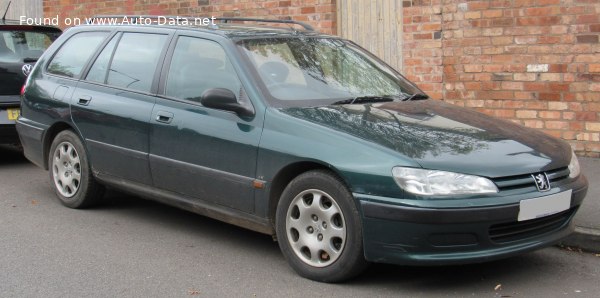
Overview:
What is the engine capacity of a Peugeot 406 1997?
The engine capacity of the Peugeot 406 1997 is 1761 cm.
Peugeot 406 1997 How many horsepower?
The engine power of the Peugeot 406 1997 is 90 Hp @ 5000 rpm..
What is the Peugeot 406 1997 engine?
Peugeot 406 1997 engine is LFX XU7JB. (Click to see other cars using the same engine)
How much gasoline does a Peugeot 406 1997 consume?
The Peugeot 406 1997 consumes 8.4 liters of gasoline per 100 km
General:
Engine:
Performance:
Space:
dimensions:
Powertrain, Suspension and Brakes:
See also
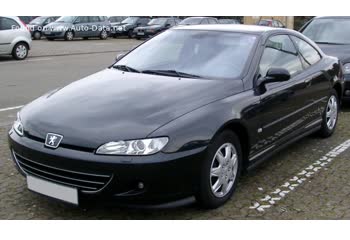
Last generation.
Its production began in 2003 until 2005
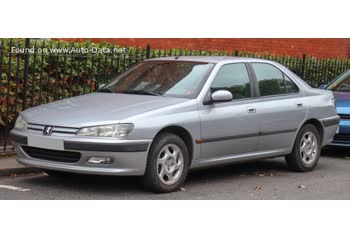
Other generation.
Its production began in 1995 until 1999
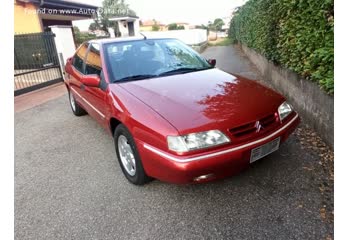
Same engine. (LFX XU7JB).
Its production began in 1998 until 2001
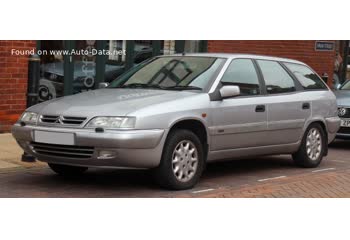
Same engine. (LFX XU7JB).
Its production began in 1998 until 2001
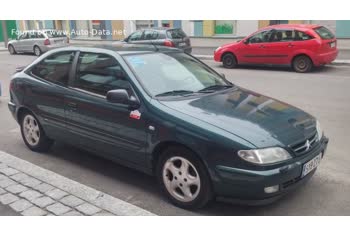
Same engine. (LFX XU7JB).
Its production began in 1998 until 2000

Same production year and almost the same engine capacity.
Its production began in 1997 until 2001
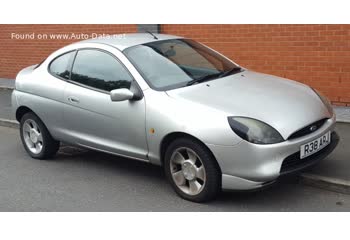
Same production year and almost the same engine capacity.
Its production began in 1997 until 2003

Same production year and almost the same engine capacity.
Its production began in 1997 until 2001
Write a comment